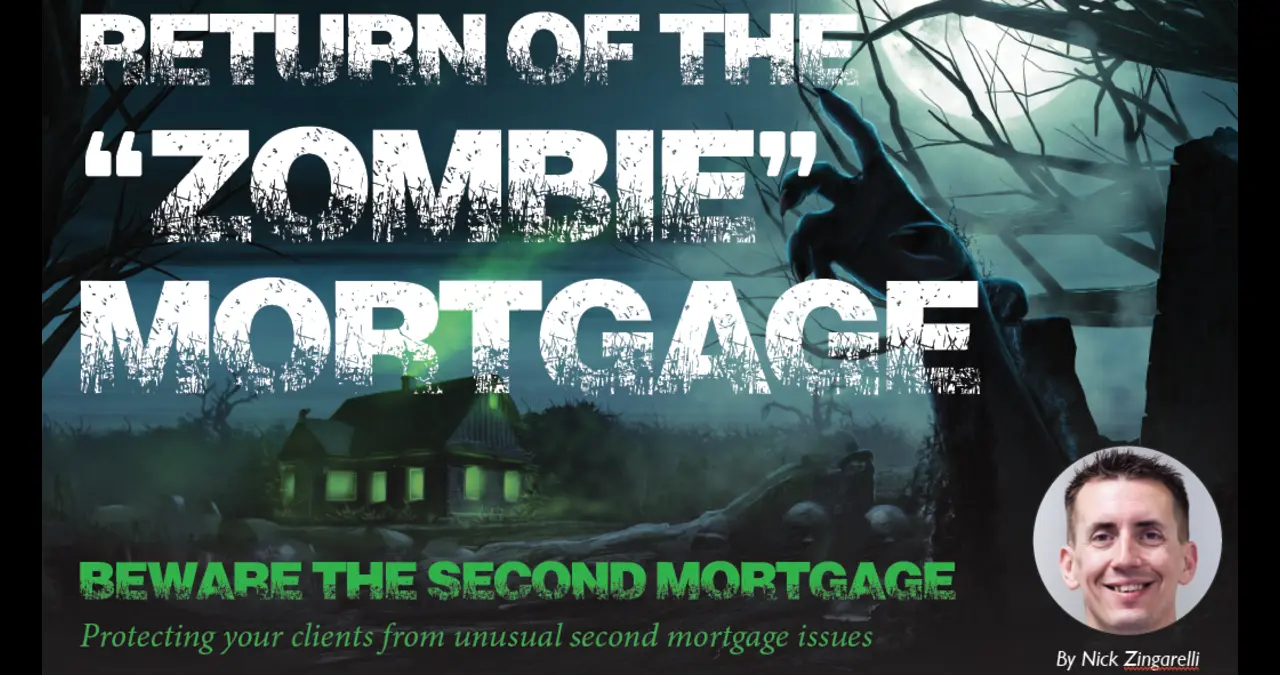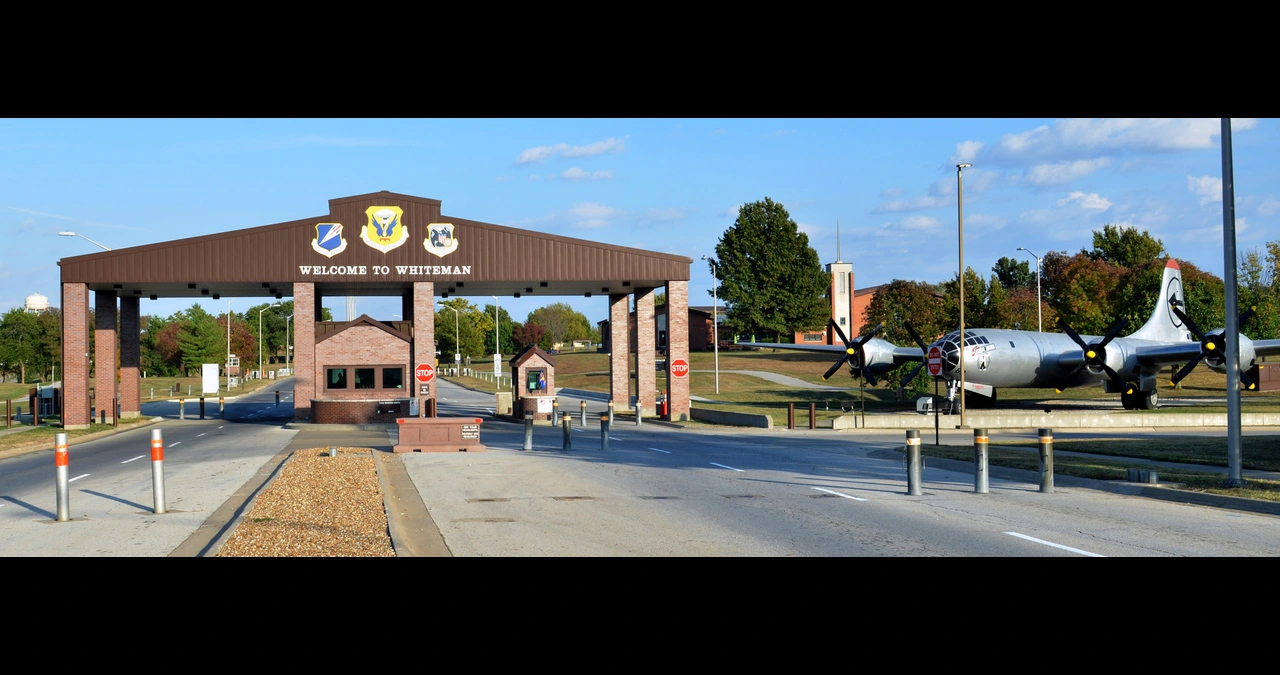Zombie Mortgages In the ever-evolving landscape of real estate and mortgage finance, certain terms emerge that capture the complexities and challenges within the industry. One such term is “zombie mortgages.” This phrase might evoke images of abandoned properties and financial nightmares, but understanding its implications is crucial for homeowners, investors, and policymakers alike.
What Exactly Are Zombie Mortgages?
At its core, a zombie mortgage refers to a mortgage debt that a homeowner believes has been settled or forgiven but resurfaces years later, often with added interest and penalties. These situations typically arise from second mortgages or home equity lines of credit (HELOCs) that were taken out during the housing boom years. When property values plummeted during the 2008 financial crisis, many homeowners found themselves “underwater,” owing more than their homes were worth. In such cases, lenders often chose not to foreclose on second mortgages, especially when the first mortgage had priority. Instead, these debts were charged off and sold to debt collectors, sometimes remaining dormant for years.
As the housing market recovered, these dormant debts began to resurface. Homeowners who had long since moved on or refinanced were suddenly confronted with demands for payment on debts they thought were gone. This resurgence of old debts is what we term a “zombie mortgage.”
The Origins of Zombie Mortgages
The roots of zombie mortgages can be traced back to the lending practices leading up to the 2008 financial crisis. During the housing boom, many lenders offered “piggyback” loans, where a second mortgage covered a portion of the home’s purchase price. These loans were often bundled and sold to investors. When property values declined, many homeowners defaulted on their second mortgages. However, because the first mortgage had priority, lenders often opted not to foreclose on the second mortgage, especially when the property’s value was insufficient to cover both debts. Instead, these second mortgages were charged off and sold to debt collectors, sometimes remaining dormant for extended periods.
As the housing market began to recover, these dormant debts resurfaced. Homeowners who had long since moved on or refinanced were suddenly confronted with demands for payment on debts they thought were settled. This resurgence of old debts is what we term a “zombie mortgage.”
The Impact on Homeowners
For homeowners, encountering a zombie mortgage can be a financial and emotional shock. Many individuals who thought they had resolved their financial issues are now faced with unexpected debts, often accompanied by interest and penalties. This can lead to significant financial strain, especially if the homeowner is on a fixed income or has limited financial resources.
Moreover, the resurgence of these debts can damage a homeowner’s credit score, making it more challenging to secure future financing. In some cases, homeowners may face legal actions from debt collectors, adding to the stress and uncertainty
The Broader Economic Implications
Zombie mortgages don’t just affect individual homeowners; they have broader economic implications as well. Properties associated with zombie mortgages often remain vacant or abandoned, leading to neighborhood blight. This can decrease property values in surrounding areas, affecting the local real estate market.
Additionally, the resurgence of these debts can strain local governments, which may have to allocate resources to address issues related to abandoned properties, such as maintenance and security. This can divert funds from other essential services, impacting the community as a whole.
How to Identify a Zombie Mortgage
Recognizing a zombie mortgage is the first step in addressing the issue. Homeowners should:
- Review Financial Documents: Regularly check mortgage statements and financial records for any discrepancies or unfamiliar charges.
- Monitor Credit Reports: Obtain and review credit reports to identify any unexpected debts or changes in credit scores.
- Consult with Professionals: If uncertain, seek advice from Zombie Mortgages advisors or legal professionals who specialize in real estate and mortgage issues.

Steps to Resolve a Zombie Mortgage
If you discover that you have a zombie mortgage, consider the following steps:
- Contact the Lender or Debt Collector: Reach out to the entity claiming the debt to verify its legitimacy and understand the details.
- Review Documentation: Ensure that all paperwork related to the debt is accurate and complete
- Seek Legal Advice: Consult with an attorney who specializes in real estate or debt issues to explore your options.
- Negotiate a Settlement: In some cases, it may be possible to negotiate a reduced payment or settlement to resolve the debt.
Preventing Future Zombie Mortgages
To avoid encountering zombie mortgages in the future:
- Understand Loan Terms: Before taking out any mortgage, ensure you fully understand the terms, including any second mortgages or HELOCs.
- Keep Records: Maintain detailed records of all financial transactions and communications with lenders.
- Stay Informed: Regularly monitor your financial accounts and credit reports for any unusual activity.
Frequently Asked Questions (FAQs)
What is a zombie mortgage?
A zombie mortgage is a mortgage debt that a homeowner believes has been settled or forgiven but resurfaces years later, often with added interest and penalties.
How can I identify a zombie mortgage?
Regularly review your mortgage statements, monitor your credit reports, and consult with financial professionals if you notice any unfamiliar debts.
What should I do if I have a zombie mortgage?
Contact the lender or debt collector claiming the debt, review all related documentation, seek legal advice, and consider negotiating a settlement.
Can zombie mortgages affect my credit?
Yes, the resurgence of a zombie mortgage can damage your credit score, making it more challenging to secure future financing.
How can I prevent future zombie mortgages?
Understand all loan terms, keep detailed financial records, and regularly monitor your financial accounts and credit reports.
Quick Bio Table: Understanding Zombie Mortgages
| Zombie Mortgage | A mortgage debt that resurfaces after being thought settled or forgiven. |
| Piggyback Loan | A second mortgage taken out to cover a portion of a home’s purchase price. |
| HELOC Home Equity | Line of Credit is a loan allowing homeowners to borrow against their home’s equity. |
| Foreclosure | The legal process by which a lender takes control of a property due to the homeowner’s default on the mortgage. |
| Debt Collector | An entity that attempts to recover funds owed on defaulted debts. |
Understanding zombie mortgages is essential for homeowners and investors alike. By staying informed and proactive, individuals can protect themselves from the unexpected resurgence of old debts and the potential financial challenges they bring.



